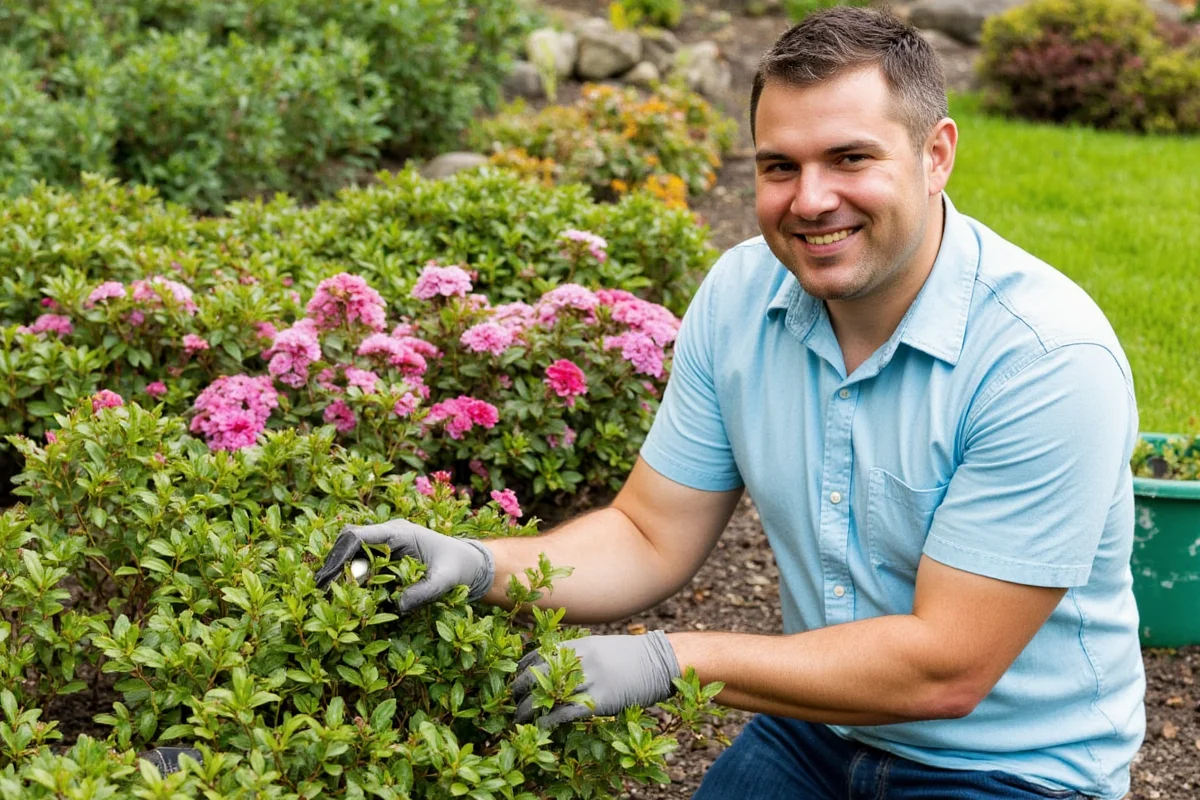The String of Dolphins, scientifically called Senecio peregrinus, is a captivating succulent known for its unique, dolphin-shaped leaves. This plant is a favorite among gardeners and succulent enthusiasts alike due to its charming appearance and relatively easy maintenance. Understanding the basic care requirements for a String of Dolphins will help you cultivate a thriving and aesthetically pleasing plant. In this comprehensive guide, we'll explore the care aspects including Watering, Light Requirements, Soil and Potting, Temperature and Humidity, and Propagation Methods. Dive into each section below to learn how to nurture your String of Dolphins to its full potential.
Watering Requirements
Watering is a crucial aspect of caring for your String of Dolphins. These plants are succulents, which means they retain water in their leaves and prefer drier conditions. Unlike other houseplants, String of Dolphins is susceptible to overwatering, which can lead to root rot.
- Water your String of Dolphins deeply, but infrequently. Allow the soil to dry out completely between waterings.
- During the growing season, typically in spring and summer, water the plant every two weeks.
- In fall and winter, reduce watering to once a month as the plant enters its dormant phase.
- Always use room temperature water to avoid shocking the plant.
- Check the moisture level by inserting your finger into the soil; if it feels dry, it's time to water.
| Season | Watering Frequency |
|---|---|
| Spring/Summer | Every two weeks |
| Fall/Winter | Once a month |
Light Requirements
Lighting plays an essential role in the growth and health of your String of Dolphins. Understanding its light requirements will help you position the plant in the most suitable location.
- Place your String of Dolphins in bright, indirect sunlight. Direct sunlight can scorch the leaves, while too little light can lead to leggy growth.
- A south-facing window is ideal, but ensure the plant is shielded from harsh midday sun.
- If your home lacks natural sunlight, consider using a grow light to provide adequate illumination.
- Rotate the pot occasionally to ensure all sides of the plant receive equal light.
- Observe the plant’s growth patterns—leggy stems may indicate insufficient light.
Soil and Potting
Choosing the right soil and pot ensures your String of Dolphins has the best environment for growth. Proper drainage is essential to prevent water accumulation and root issues.
- Use a well-draining succulent or cactus mix, which typically includes sand, perlite, and peat moss.
- Consider adding extra perlite or pumice to enhance drainage.
- Select a pot with drainage holes to allow excess water to escape.
- Repot your plant every 1-2 years or when you notice root-bound signs.
- Avoid using overly large pots, as they retain more water and increase the risk of rot.
Temperature and Humidity
Senecio peregrinus thrives in environments that mimic its natural habitat. Understanding temperature and humidity needs will aid in creating a suitable environment for your plant.
- Maintain a temperature between 65-75°F (18-23°C) for optimal growth.
- Avoid temperatures below 50°F (10°C), which can damage the plant.
- Normal room humidity levels are sufficient; avoid overly humid conditions.
- Protect the plant from cold drafts, particularly during winter.
- Consider moving the plant outdoors during warm months, but ensure it’s protected from direct sunlight and excessive rainfall.
Propagation Methods
Propagation allows you to expand your collection of String of Dolphins easily and share them with friends. There are several methods to propagate this plant successfully.
- Leaf cuttings are the most popular method. Cut a healthy leaf and allow it to callous over for a day or two.
- Place the calloused leaf on well-draining soil, mist the soil lightly, and keep it in bright, indirect sunlight.
- Stem cuttings can also be used. Cut a stem segment, remove the lower leaves, and allow it to dry before placing it in soil.
- Monitor the cuttings for root development, which typically occurs within a few weeks.
- Water sparingly until new growth appears to prevent rotting.
In conclusion, cultivating the String of Dolphins is a rewarding experience that requires attention to its specific care needs. By following this guide, you can ensure that your plant flourishes, showcasing its unique dolphin-shaped foliage year-round. Remember, while the plant is relatively easy to care for, understanding its watering, lighting, soil, temperature, and propagation requirements will help you maintain a healthy and thriving succulent.











 浙公网安备
33010002000092号
浙公网安备
33010002000092号 浙B2-20120091-4
浙B2-20120091-4